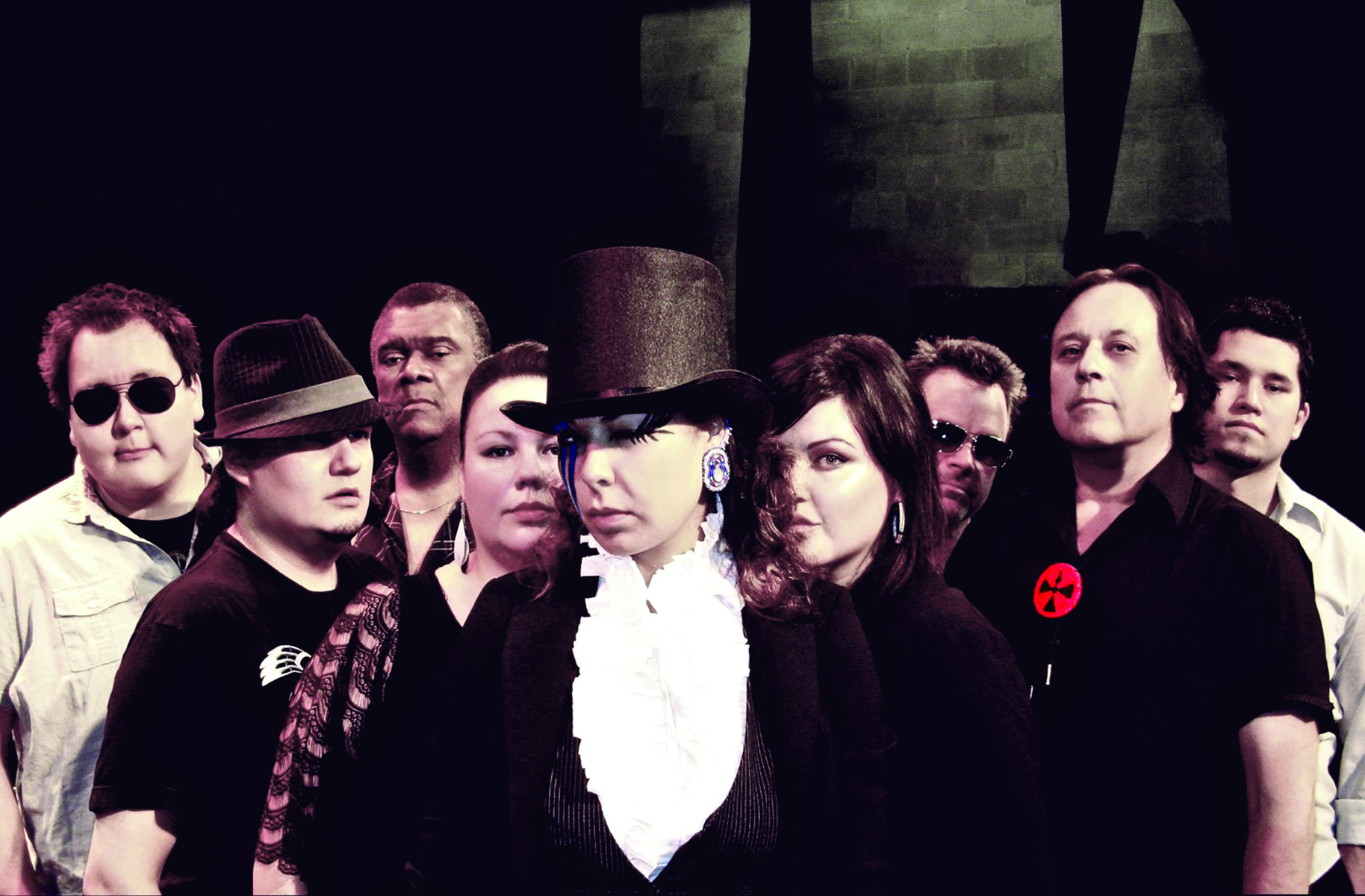Every year, Winnipeg’s Master Playwright Festival honours a playwright whose work has been significant to the craft and inspiring to audiences and fellow playwrights alike. This year the playwright of choice is August Strindberg, a man whose works have survived not only in their original forms, but also in the effect they have had in modern culture.
The cultural movement of Modernism, which blossomed in the late 19th and early 20th century, was led by artists who felt the traditional forms of art were unable to express the truths and emotions of contemporary society. The movement — whose influence we now may recognize in the works of people such as Philip Glass, Yoko Ono and Samuel Beckett — was shaped by a key group of artists earlier in the century including Ibsen, Chekhov, Picasso, Schoenberg and the man of the hour himself: Strindberg. These artists did not only affect art but also shaped what we understand as “modern thought.” Strindberg’s plays take us back to the early days of Modernism, its way of thinking and looking at the world, which permeated our society — one reason why his works are so culturally significant.
The University of Manitoba’s Black Hole Theatre Company was involved at the inception of the Master Playwright Festival in 2001, and has been involved every year since. The size of the company enables them to put on big cast plays that others can’t necessarily do. This year’s production, A Dream Play, imitates, as implied by the name, the form of a dream, employing surrealism and expressionism. In this case, this includes using certain inanimate performing objects known as puppets!
Puppets are not usually called for in a play, and the process was complicated but very rewarding, according to co-director Chris Johnson. “You can do things with puppets that you can’t do with human beings,” he said. “We can do things that Strindberg asks for: achieve dreamlike activity, create a suspension of disbelief.” Tim Bandfield, also co-director of the show, grew up working with puppets and put those skills to work in the development of the production.
Most of the cast built their own puppets, which became part of the process of using them. Johnson says of the cast: “They have really brought a lot to this play and are really putting themselves out there, trying acting styles they’re not familiar with. In addition to being very talented, they are very brave. They’re willing to take chances and have tons of energy.” The show includes a custom score composed by faculty of music student Graham Isaak, as well as a danced scene choreographed by an accomplished dancer in the cast.
It is more than just fun and games though; many serious concepts are addressed. A Dream Play follows the journey of Agnes, daughter of the gods, who comes down to Earth to find out why mankind is so unhappy.
Some of Strindberg’s ideas that helped to mold the play are described in Edwin Bjorkman’s introduction to its 1912 publication: “[Beneath] man’s disappointments and humiliations and sufferings he glimpses a higher existence to which this one serves merely as a preparation. Everything that happens to himself and to others seems to reveal the persistent influence of secret powers, pulling and pushing, rewarding and punishing, but always urging and leading man to some goal not yet bared to his conscious vision. Resignation, humility, kindness become the main virtues of human existence. And the greatest tragedy of that existence he sees in man’s — that is his own — failure to make all his actions conform to those ideals.”
Johnson anticipates that audience members will leave the play with much to ponder. “The play is that big in its concepts; it’s about the meaning of life. How often do you see art that tackles a subject that large?”
A Dream Play, adapted by Caryl Churchill, runs Jan. 21-22 and 24-30 at the Gas Station Arts Centre as part of Strindbergfest.



